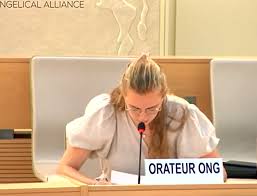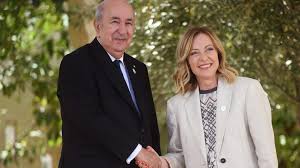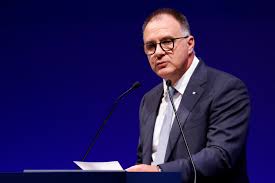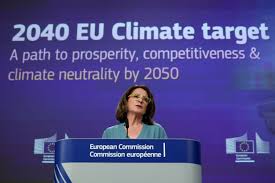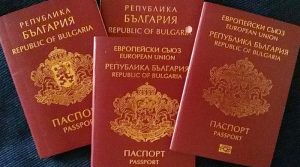Italy: Mystery and quirks of presidential election

Rome: The news that voting begins today in Italy to choose a new president might not exactly set hearts racing. But, delve a bit deeper, and it’s more interesting than it first looks.
How does Italy’s presidential election work? Firstly, it’s one of the most idiosyncratic and mysterious presidential elections in Europe.
While in countries such as France it’s the people who elect a new president at the ballot box, in Italy it’s done by 630 MPs, 321 senators and 58 regional representatives.
More unusually, rather than limiting it to a serving politician, Italy allows anyone over the age of 50 with “full civil rights” to be eligible for the role.
The somewhat mysterious process, which takes place over the course of rounds until a candidate obtains a majority, has garnered comparisons to the Papal conclave and stands as an outlier in Europe.
It has resulted in non-politicians like Gianni Versace’s brother, Santo, actress Sophia Loren and even an ‘Ndrangheta Mafia boss emerging as nominees.
Speaking to Euronews, Francesco Silvestri – an MP for the Five Star Movement – shed light on how certain unlikely names end up popping up.
“There are agreements and manoeuvers going on that result in 10 or 15 votes being cast for a specific person,” he told Euronews, “This all happens behind the scenes.”
Lawyer and constitutional expert, Marco Ladu, further explained the reasoning behind the process’ perceived idiosyncracies, namely why presidents are selected secretly by lawmakers as opposed to the general public.
“There are two main reasons behind the peculiarity of it all,” he said. “To avoid the president’s contraposition with the will of the two houses [in parliament] and to assure that he or she has the needed serenity and independence to fulfil their role, both of which could be compromised by a direct election.”
Residing in the Quirinal Palace, the president of Italy — as head of state — is to ensure that the constitution is being upheld.
Unlike the Prime Minister, the president of the republic does not have an executive function, and rather represents the “point of connection” between the three branches of power.
While the role is largely ceremonial, the president can flex his or her muscles, such as in the appointment of prime ministers or — as head of the Italian armed forces — during wars and other national emergencies.
Because Sergio Mattarella, having come to the end of his seven-year mandate, will be stepping down from the role.
He has presided over multiple crises — such as the COVID-19 pandemic — and is widely perceived as being a beacon of stability during a particularly rocky time.
Mattarella enjoys widespread public support, meaning that finding a replacement has been a challenge.
The list of proposed nominees has comprised fresh and not-so-fresh faces, including the controversial former prime minister and media magnate, Silvio Berlusconi.
Berlusconi’s bid initially turned the presidential election into one of the country’s most heated in memory. On Saturday, however, the 85-year-old pulled out of the race, claiming he had the votes to win but that the country could ill-afford political divisions during the pandemic.

